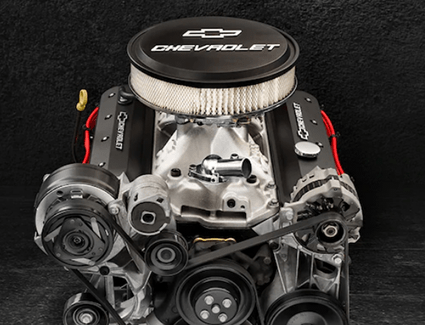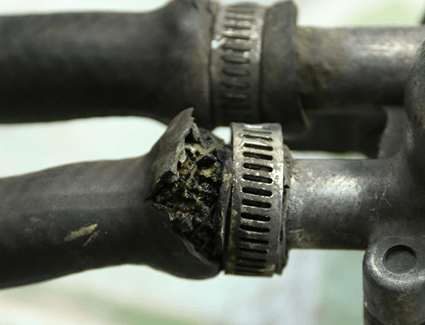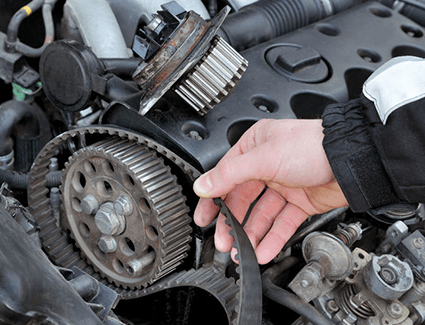

Most of the time when you visit for a service interval on your car, we'll take care of a few basics like the oil change, tire rotation and filter replacement, and send you on your way. However, at major milestones, some more involved maintenance may need to be performed. This includes inspection and replacement of the various belts and hoses under the hood. When the time is right, we'll make sure you get the service you need in our maintenance department at Capitol Chevy. Find out more about these components on your vehicle below. If you have any additional questions, don't hesitate to reach out to us! We would be glad to be of assistance.

3. The Hoses Equipped On Your Vehicle
To move various fluids around from component to component, your vehicle has a complex network of pipes and hoses. Many components need either to be liquid cooled by the cooling system, such as the engine and transmission, or work by transferring hydraulic pressure, like in brake lines and power steering systems. Naturally, these important parts of your vehicle may stop working if the system is leaking fluid! Any time you detect a leak forming on your car, have a technician take a closer look right away to find the source of the problem. However, not all leaks will create a fluid puddle on the ground beneath the vehicle. Some small, slow leaks may be impossible to detect under the vehicle.

2. Fan Belts, Accessory Belts & Serpentine Belts
In order to send power from the engine to other accessories under the hood, we used to attach each accessory to the engine's crankshaft via individual belts. On some vintage cars, you'll still find multiple belts connecting multiple accessories, such as cooling fans. That's why they're called fan belts or accessory belts. If they crack, stretch or come loose, the accessory won't get any power.
On modern cars, a single serpentine belt is routed around multiple accessories and automatically tensioned so it shouldn't need much, if any maintenance! However, over time, heat and stress will start to cause the rubberized material to dry out, become brittle and crack. Eventually, the belt could snap entirely. Check your owner's manual or speak to a certified technician to find out how often to replace your vehicle's belt (or belts) in order to avoid this kind of failure. Preemptively replacing the belts under the hood of your car before they go bad can keep you from suffering an engine failure or other damage down the line.

1. Does Your Vehicle Have A Timing Belt?
There's one more belt that your vehicle might be equipped with, and it's even more important that you replace it before it fails: the timing belt. To keep all the moving parts of your engine syncronised, the timing system physically connects them, so their movements are all synced up. The only way the engine can come out of sync is if the timing system fails. Most engine timing systems on modern cars feature a permanent timing chain, but some engines feature a rubberized timing belt instead. This belt should be replaced every 100,000 miles or so before it can degrade and break. If the timing belt fails, the engine can come out of sync and moving parts can collide -- potentially destroying the engine! Speak with a certified Chevrolet technician or check your owner's manual to find out if your car has a timing belt and how frequently it should be replaced.
Contact
2855 Maple Ave Ne
2855 Maple Ave Ne
Salem, OR 97301
- Contact: (503) 877-2943
Hours
- Monday 7:00 am - 6:00 pm
- Tuesday 7:00 am - 6:00 pm
- Wednesday 7:00 am - 6:00 pm
- Thursday 7:00 am - 6:00 pm
- Friday 7:00 am - 6:00 pm
- Saturday 8:00 am - 5:00 pm
- Sunday Closed

